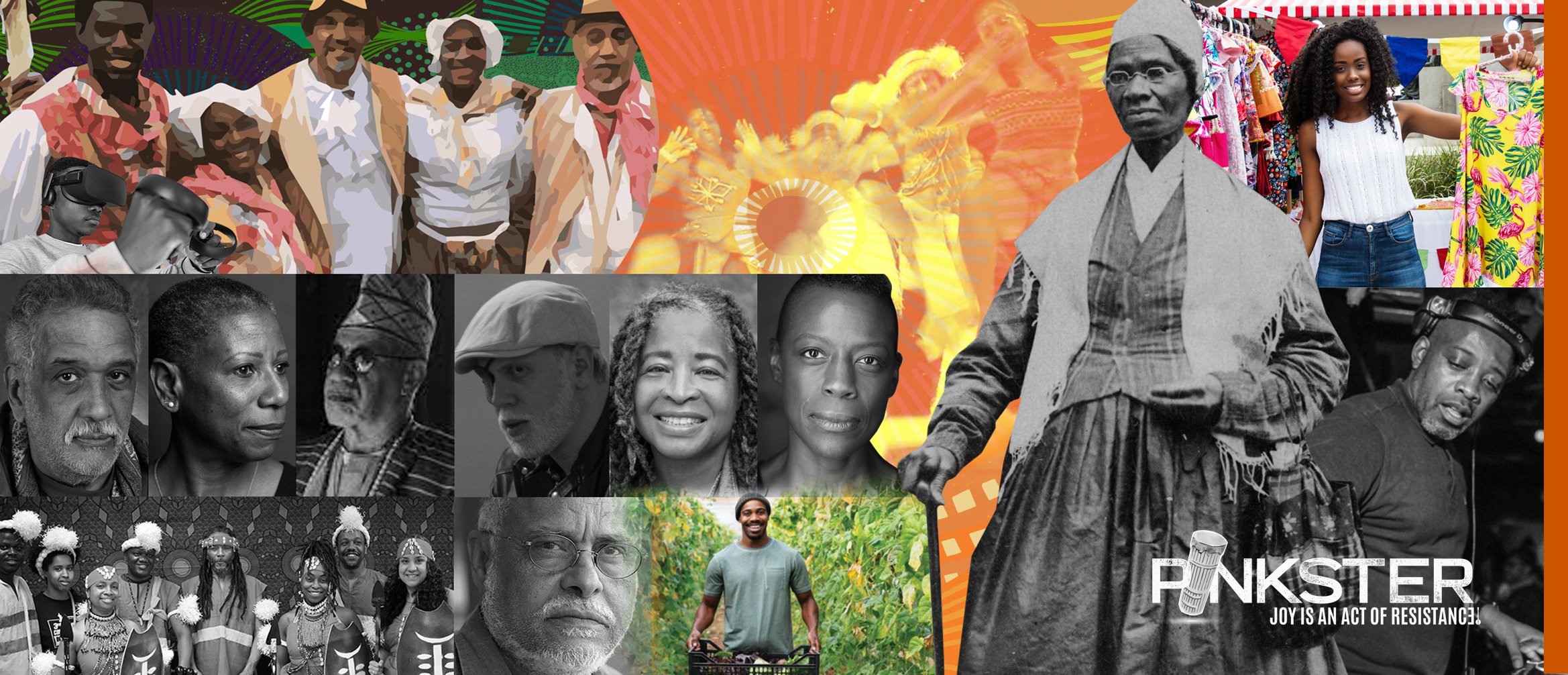About Pinkster
TRANSART created a re-imagined celebration that incorporates history and contemporary applications to tell the PINKSTER story. Rooted in both the African and Dutch experiences of the 17th Century Pinkster belongs to us all. A picture of Pinkster as it was celebrated in the 1700’s is described here with excerpts from Historic Hudson Valley:
Pinkster is a holiday that was celebrated over several days by African and Dutch New Yorkers throughout the 1700s. The holiday was brought to the New World by Dutch settlers in the 1620s and flourished in the areas of heaviest Dutch settlement: the Hudson Valley, northern New Jersey, and western Long Island.
Despite Pinkster’s Dutch origins, Africans in New York and New Jersey were so successful at incorporating their own cultures into the celebration that by the early 1800s, Pinkster was actually considered an African American holiday.
Slave-owning families granted time off to captive men and women. The Pinkster holiday afforded enslaved Africans the opportunity to reunite with loved ones and family members who often lived some distance away. Many journeyed from rural areas into New York City.
Africans and Europeans alike enjoyed drinking, game-playing, dance, and music at these gatherings. Vendors adorned market stalls with greenery and flowers (azaleas are associated with Pinkster), and European vendors hired skillful African dancers to draw crowds to their booths. Dances such as the “jig,” “breakdown,” or “double shuffle” synthesized African and European elements with newly invented steps and were the forerunners of tap and break dancing.

